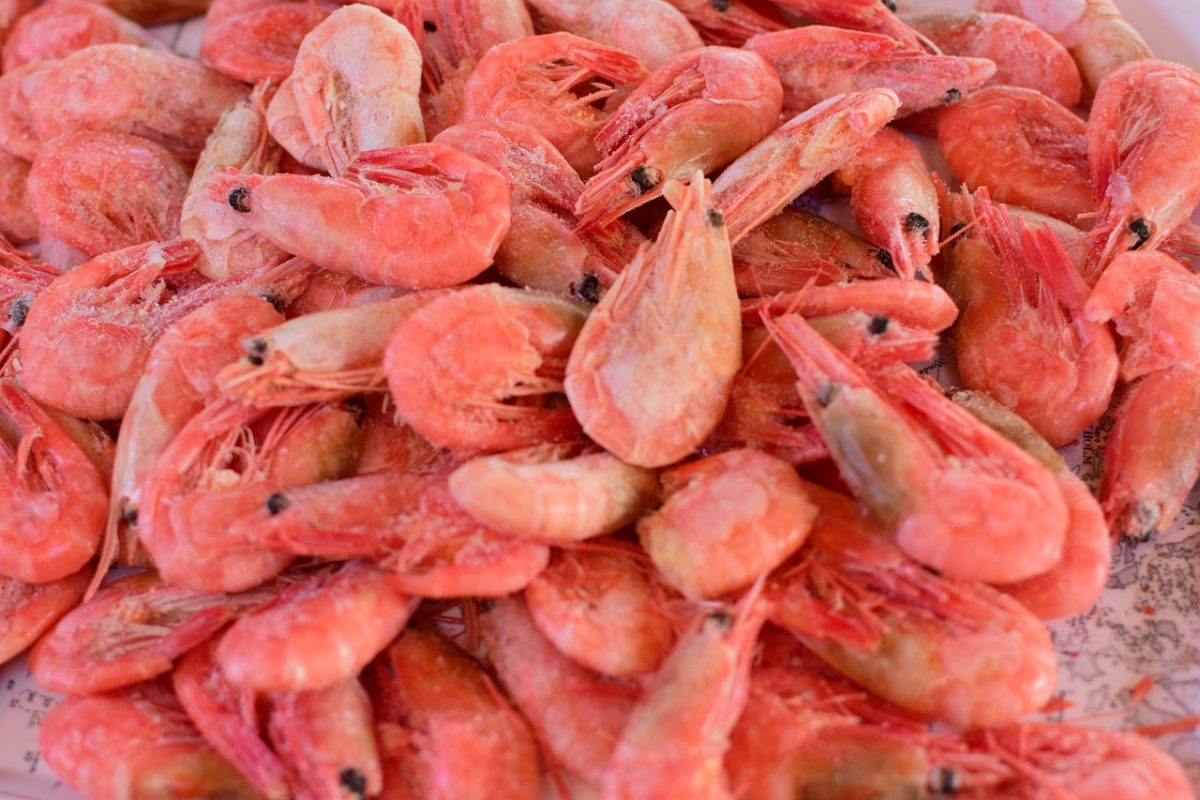From pv magazine International
Eliminating rare, expensive or otherwise problematic materials from the battery supply chain is an important goal which researchers the world over are hard at work on.
When it comes to the stationary storage needed to even out energy supply from intermittent renewables, the fact a battery’s physical size is relatively unimportant opens up more possibilities on the materials side.
Redox flow batteries are among the competing battery chemistries which have already seen commercial uptake. Like many rival solutions, flow batteries typically feature a carbon electrode, and a team led by MIT scientists has been investigating alternative material sources for this carbon, primarily by considering waste products. The group claims to have fabricated a vanadium redox flow battery using chitin, which it describes as a “polysaccharide, similar to cellulose, which is found in the exoskeleton of crustaceans and insects.”
Vanadium flow batteries based on chitin electrodes are described in the paper Exploration of Biomass-Derived Activated Carbons for use in Vanadium Redox Flow Batteries, published in ACS Sustainable Chemistry and Engineering.
Nitrogen
“Obviously, there are carbon electrodes that can yield a better performance but the key to this project is to produce such electrodes from a waste material, in this case chitin from shrimp shells,” said Francisco Martin-Martinez, an MIT chemical engineer who worked on the paper. He added, since carbon electrodes are generally produced synthetically, the low cost and sustainability of the precursor material make it attractive as an electrode option.
One aspect of chitin-based electrodes that interested the researchers was that the material contains nitrogen as well as carbon, which is incorporated into the structure of the electrode and was found to facilitate electron transfer between vanadium ions, improving battery performance.
The group said it will continue to investigate biomass-based materials for use in energy applications, and that its chitin electrodes could also be suitable for applications including water desalination and supercapacitor devices.
This content is protected by copyright and may not be reused. If you want to cooperate with us and would like to reuse some of our content, please contact: editors@pv-magazine.com.









2 comments
By submitting this form you agree to pv magazine using your data for the purposes of publishing your comment.
Your personal data will only be disclosed or otherwise transmitted to third parties for the purposes of spam filtering or if this is necessary for technical maintenance of the website. Any other transfer to third parties will not take place unless this is justified on the basis of applicable data protection regulations or if pv magazine is legally obliged to do so.
You may revoke this consent at any time with effect for the future, in which case your personal data will be deleted immediately. Otherwise, your data will be deleted if pv magazine has processed your request or the purpose of data storage is fulfilled.
Further information on data privacy can be found in our Data Protection Policy.